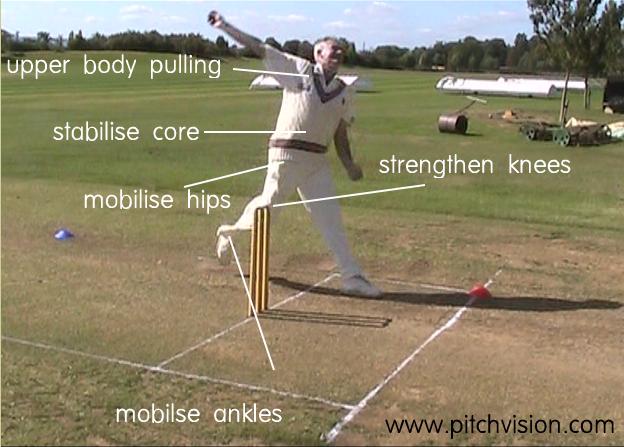Introduction
Cricket bowling is an art that requires skill, technique, and practice. As a beginner, it can be challenging to master the various aspects of bowling, but with the right guidance, you can improve your game significantly. In this article, we’ll share the best cricket bowling tips for beginners, covering the basics of bowling, different types of deliveries, and advanced techniques to help you become a skilled bowler.
Basic Bowling Tips
- Grip: Hold the ball with your thumb and middle finger, with your index finger resting on the seam.
- Stance: Stand with your feet shoulder-width apart, with your body weight evenly distributed between both feet.
- Run-up: Start with a smooth, balanced run-up, keeping your eyes focused on the wicket.
- Delivery: Release the ball at the correct moment, using your wrist and fingers to generate spin and pace.
- Follow-through: Complete your action, keeping your arm extended and your body balanced.
Different Types of Deliveries
- Fast Bowling: Focus on generating pace and bounce, using your legs and core to generate power.
- Spin Bowling: Use your wrist and fingers to generate spin, varying your pace and trajectory to deceive batsmen.
- Medium Pace Bowling: Combine pace and spin, using your wrist and fingers to generate movement and bounce.
Advanced Bowling Tips
- Variation: Vary your pace, spin, and trajectory to keep batsmen guessing.
- Swing: Use the seam to generate swing, making the ball move in the air.
- Spin and Turn: Use your wrist and fingers to generate spin and turn, making the ball deviate from its expected path.
- Yorkers: Deliver the ball at the batsman’s feet, making it difficult to score runs.
- Bouncers: Deliver the ball short, making it rise steeply and challenging the batsman’s reflexes.
Field Placement and Strategy
- Set fields according to the batsman’s strengths and weaknesses.
- Use field placings to restrict runs and create pressure.
- Vary your bowling strategy according to the game situation and batsman’s style.
Conclusion
Cricket bowling is a skill that requires patience, practice, and dedication. By mastering the basics, varying your deliveries, and using advanced techniques, you can become a skilled bowler and contribute to your team’s success. Remember to always focus on your game and keep improving, and you’ll be well on your way to becoming a great bowler.
